Hyundai i20 vs Kia Niro – Which one offers the better deal?
Compare performance, boot capacity, efficiency and price at a glance.
Find out which car is the better choice for you – Hyundai i20 or Kia Niro?
Costs and Efficiency:
When it comes to price and running costs, the biggest differences usually appear. This is often where you see which car fits your budget better in the long run.
Hyundai i20 has a significantly advantage in terms of price – it starts at 17400 £, while the Kia Niro costs 29100 £. That’s a price difference of around 11734 £.
Fuel consumption also shows a difference: Kia Niro manages with 2.40 L and is therefore clearly more efficient than the Hyundai i20 with 5.20 L. The difference is about 2.80 L per 100 km.
Engine and Performance:
Under the bonnet, it becomes clear which model is tuned for sportiness and which one takes the lead when you hit the accelerator.
When it comes to engine power, the Kia Niro has a decisively edge – offering 180 HP compared to 100 HP. That’s roughly 80 HP more horsepower.
In acceleration from 0 to 100 km/h, the Kia Niro is to a small extent quicker – completing the sprint in 9.90 s, while the Hyundai i20 takes 11.10 s. That’s about 1.20 s faster.
In terms of top speed, the Kia Niro performs slight better – reaching 185 km/h, while the Hyundai i20 tops out at 183 km/h. The difference is around 2 km/h.
There’s also a difference in torque: Kia Niro pulls evident stronger with 265 Nm compared to 200 Nm. That’s about 65 Nm difference.
Space and Everyday Use:
Whether family car or daily driver – which one offers more room, flexibility and comfort?
Both vehicles offer seating for 5 people.
In curb weight, Hyundai i20 is distinct lighter – 1088 kg compared to 1474 kg. The difference is around 386 kg.
In terms of boot space, the Kia Niro offers distinct more room – 451 L compared to 352 L. That’s a difference of about 99 L.
In maximum load capacity, the Kia Niro performs to a small extent better – up to 1445 L, which is about 280 L more than the Hyundai i20.
When it comes to payload, Hyundai i20 minimal takes the win – 472 kg compared to 466 kg. That’s a difference of about 6 kg.
Who wins the race?
The Kia Niro proves to be wins the duel decisively and therefore becomes our DriveDuel Champion!
Kia Niro is the better all-rounder in this comparison.
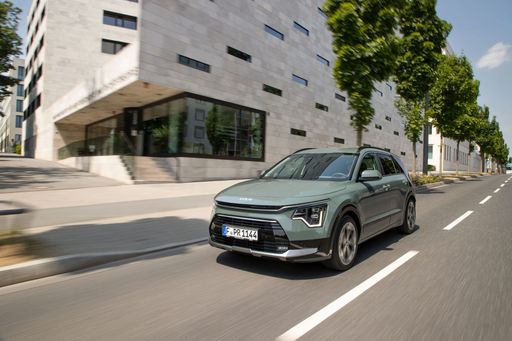
Kia Niro
Hyundai i20
The Hyundai i20 impresses with its sleek design and modern aesthetics, making it a stylish choice in the compact car segment. Its interior is thoughtfully designed, offering comfort and advanced technology for a pleasurable driving experience. The vehicle also stands out with its efficient performance and agile handling, making city driving a breeze.
details @ hyundai.news
@ hyundai.news
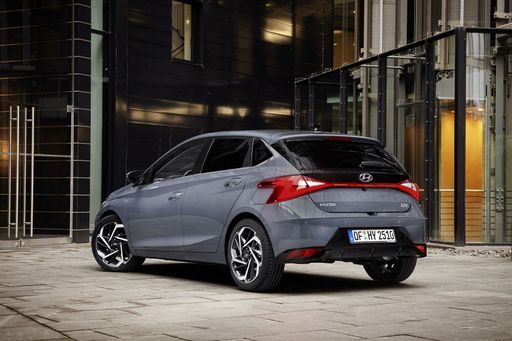 @ hyundai.news
@ hyundai.news
 @ hyundai.news
@ hyundai.news
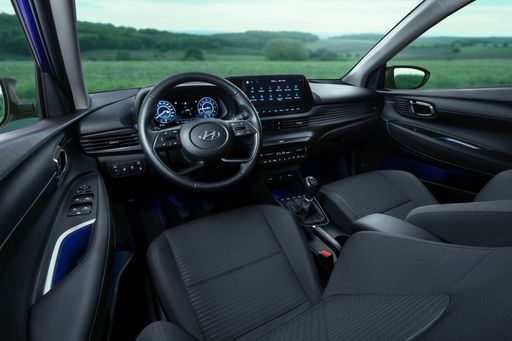 @ hyundai.news
@ hyundai.news
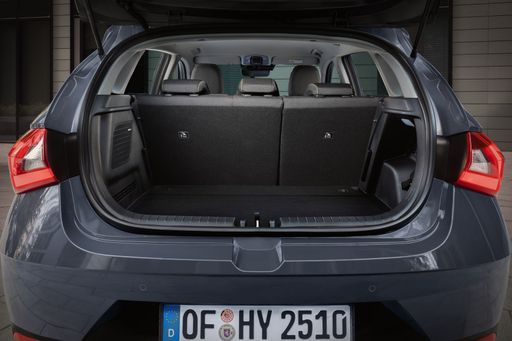 @ hyundai.news
@ hyundai.news
Kia Niro
The Kia Niro presents itself as a versatile and eco-friendly SUV, blending a stylish design with advanced hybrid technology. Its spacious interior offers comfort and practicality, making it ideal for both city driving and longer journeys. With a focus on efficiency and sustainability, the Niro is a compelling choice for environmentally conscious drivers.
details @ press.kia.com
@ press.kia.com
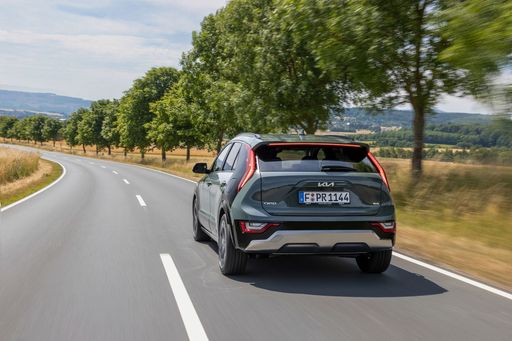 @ press.kia.com
@ press.kia.com
 @ press.kia.com
@ press.kia.com
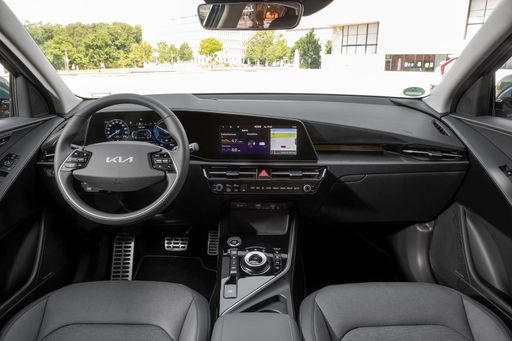 @ press.kia.com
@ press.kia.com
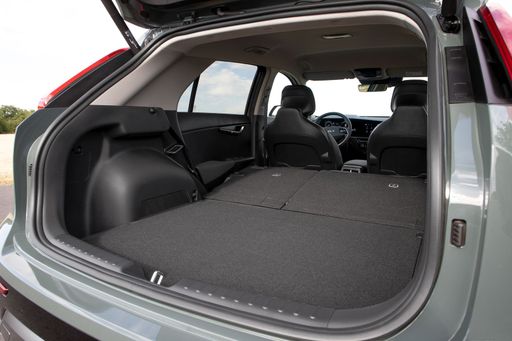 @ press.kia.com
@ press.kia.com

|

|
|
|
|
Costs and Consumption |
|
|---|---|
|
Price
17400 - 24000 £
|
Price
29100 - 38600 £
|
|
Consumption L/100km
5.2 - 5.3 L
|
Consumption L/100km
2.4 - 4.9 L
|
|
Consumption kWh/100km
-
|
Consumption kWh/100km
-
|
|
Electric Range
-
|
Electric Range
57 - 62 km
|
|
Battery Capacity
-
|
Battery Capacity
1.3 - 11.1 kWh
|
|
co2
119 - 121 g/km
|
co2
53 - 111 g/km
|
|
Fuel tank capacity
40 L
|
Fuel tank capacity
37 - 42 L
|
Dimensions and Body |
|
|---|---|
|
Body Type
Hatchback
|
Body Type
SUV
|
|
Seats
5
|
Seats
5
|
|
Doors
5
|
Doors
5
|
|
Curb weight
1088 - 1190 kg
|
Curb weight
1474 - 1594 kg
|
|
Trunk capacity
352 L
|
Trunk capacity
348 - 451 L
|
|
Length
4065 - 4075 mm
|
Length
4420 mm
|
|
Width
1775 mm
|
Width
1825 mm
|
|
Height
1450 - 1455 mm
|
Height
1545 mm
|
|
Max trunk capacity
1165 L
|
Max trunk capacity
1342 - 1445 L
|
|
Payload
450 - 472 kg
|
Payload
466 kg
|
Engine and Performance |
|
|---|---|
|
Engine Type
Petrol
|
Engine Type
Full Hybrid, Plugin Hybrid
|
|
Transmission
Automatic, Manuel
|
Transmission
Automatic
|
|
Transmission Detail
Dual-Clutch Automatic, Manual Gearbox
|
Transmission Detail
Dual-Clutch Automatic
|
|
Drive Type
Front-Wheel Drive
|
Drive Type
Front-Wheel Drive
|
|
Power HP
79 - 100 HP
|
Power HP
138 - 180 HP
|
|
Acceleration 0-100km/h
11.1 - 13.7 s
|
Acceleration 0-100km/h
9.9 - 11.4 s
|
|
Max Speed
166 - 183 km/h
|
Max Speed
170 - 185 km/h
|
|
Torque
113 - 200 Nm
|
Torque
265 Nm
|
|
Number of Cylinders
3 - 4
|
Number of Cylinders
4
|
|
Power kW
58 - 74 kW
|
Power kW
102 - 132 kW
|
|
Engine capacity
998 - 1197 cm3
|
Engine capacity
1580 cm3
|
General |
|
|---|---|
|
Model Year
2024
|
Model Year
2025
|
|
CO2 Efficiency Class
D
|
CO2 Efficiency Class
C, B
|
|
Brand
Hyundai
|
Brand
Kia
|
What drivetrain options does the Hyundai i20 have?
The Hyundai i20 is offered with Front-Wheel Drive.
The prices and data displayed are estimates based on German list prices and may vary by country. This information is not legally binding.
